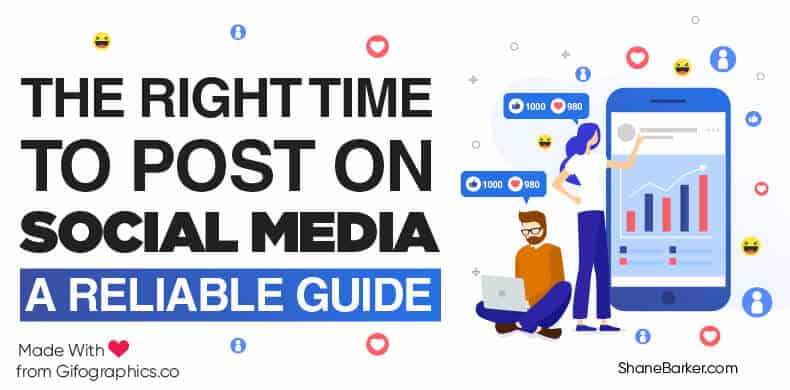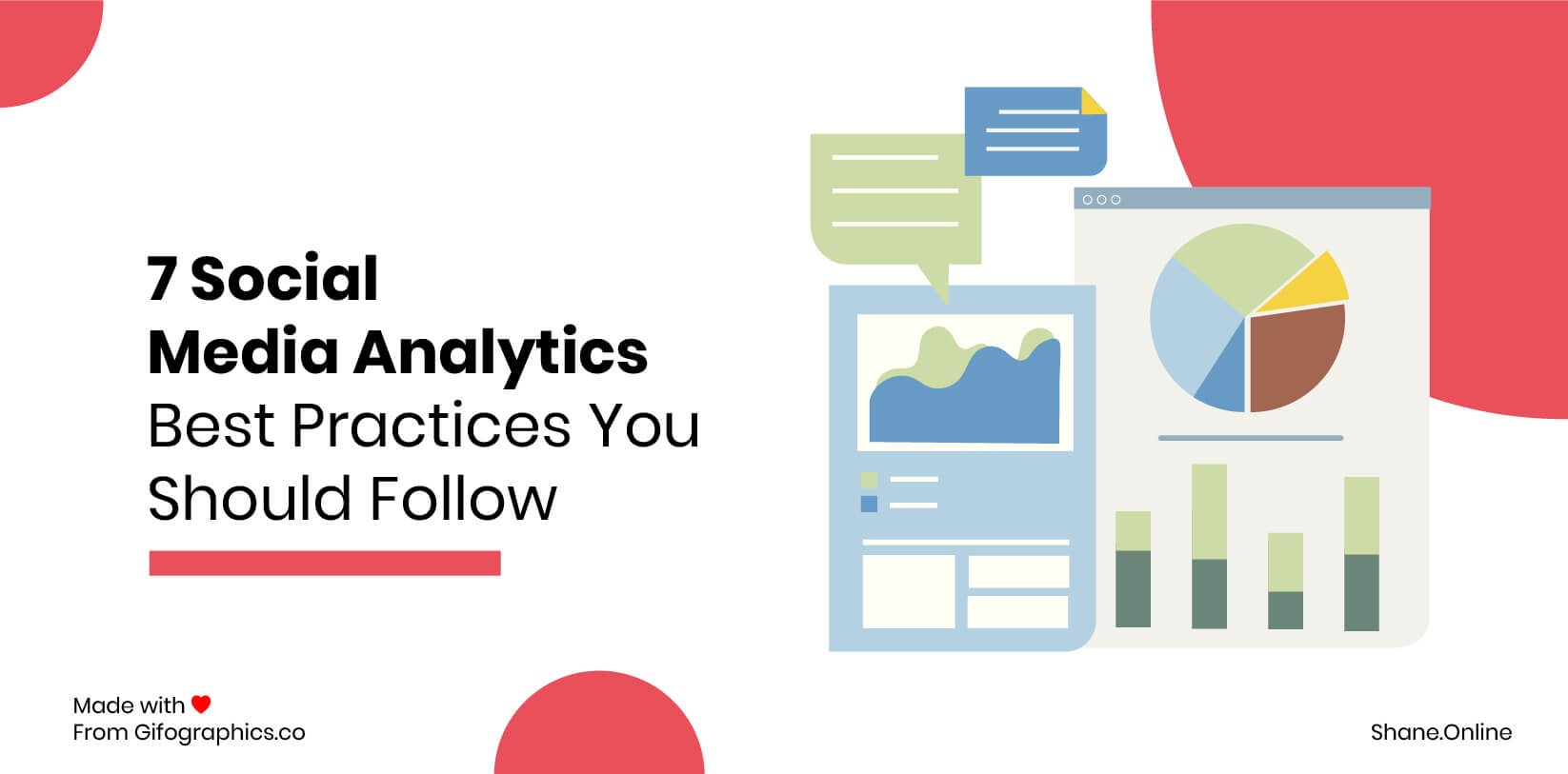Social media continues to evolve rapidly, and businesses must adapt to remain competitive. The future of social media marketing promises exciting new shifts driven by emerging technology, changing user expectations, and evolving trends.
In 2025, brands that stay ahead of these developments will dominate the digital landscape. Let’s explore the top social media trends shaping how brands interact with audiences in the coming years.
Whether you're a marketer or a brand owner, understanding these trends is crucial to refining your marketing strategy and driving engagement and conversions.
1. The Rise of Nano-Influencers
Influencer marketing has grown exponentially over the past few years, but it’s undergoing a shift.
Instead of relying on celebrities or macro-influencers with millions of followers, brands are turning to nano-influencers — creators with smaller but highly engaged followings, typically between 1,000 and 10,000 followers.
Nano-influencers are known for their authenticity and ability to connect with niche communities. Their audiences trust their recommendations, leading to higher engagement rates and more meaningful interactions.
Brands will increasingly partner with nano-influencers to build trust and credibility. Since these creators usually charge less than well-known influencers, partnering with them is a cost-effective solution for brands seeking authentic endorsements.
Nano-influencers have a personal touch that allows brands to connect with more targeted and engaged audiences. This trend signals a move toward quality over quantity in influencer marketing.
Brands that embrace this social media trend will benefit from sincere relationships with their audience and increased brand loyalty.
James Thomas is a well-known South African nano-influencer focusing on fitness and lifestyle content. He shares his local travel tales with stunning photography and occasional fitness tips and tricks.
2. AI Chatbots Revolutionizing User Interaction
AI technology is transforming many aspects of social media marketing and will continue to grow in importance. One of the most notable uses of AI in social media is chatbots.
AI-powered chatbots handle various customer service tasks, from answering FAQs to resolving issues and processing orders.
They are continuously becoming more advanced, offering personalized interactions and handling complex queries. With the ability to learn from user behavior, chatbots will provide tailored responses that improve customer experiences.
This shift will enable brands to offer 24/7 customer service, meet the growing demand for instant support, and reduce human intervention in routine tasks.
Marketers will also rely on AI to streamline processes, analyze large amounts of data, create social media posts, and optimize campaigns based on user behavior. This action will allow marketers to focus on creative and strategy tasks while AI handles the time-consuming tasks.
Amazon is probably the biggest company using chatbots for different purposes. They’ve also created Amazon Lex, an AWS service that allows developers to build voice and text-enabled conversational interfaces.
Lex uses Amazon Alexa’s technology to enable natural language understanding (NLU) and automatic speech recognition (ASR).
This AI functionality means businesses can create AI-driven chatbots and voice bots to enhance user interaction on various platforms, like websites, mobile apps, and even services like Facebook Messenger.
3. More Personalized “For You” Pages
Personalization will continue to dominate in the future, especially on platforms like TikTok and Instagram, where “For You” pages already play a major role in content discovery.
As social media algorithms become more sophisticated, users will get more personalized content recommendations based on their preferences, behaviors, and past interactions.
Your brand, therefore, must create content that resonates with niche audiences to fit seamlessly into the personalized experiences users expect. Your social media marketing success will depend on your ability to understand and leverage platform algorithms.
Knowing this, you’ll have a better chance of appearing on users' “For You” pages, leading to greater exposure and engagement.
4. Increase in Social Commerce Sales
Social commerce, the practice of selling products directly through social apps, is one of the fastest-growing social media trends.
Platforms like Instagram, TikTok, and Facebook have integrated shopping features that allow users to browse, purchase, and even review products without leaving the app.
TikTok Shop has become a significant player in this trend, allowing businesses to showcase products directly on the platform. As the social commerce leader, Tiktok made it easy to set up your Shop.
Additionally, sellers use the Live streaming features more to promote and sell products in real-time, creating a more engaging shopping experience. These Live sessions allow customers to ask questions, see product demos, and purchase on the spot.

The digital landscape expects more social channels to fully embrace social commerce trends, providing brands the platform to offer their products and users a seamless shopping experience.
The rise of impulse buying, driven by targeted ads and influencer recommendations, will play a key role in boosting social commerce.
You should also integrate features like one-click purchases, augmented reality (AR) try-ons, and personalized product recommendations to deliver a frictionless customer journey.
This trend represents a unique opportunity for brands to increase revenue by reducing the steps between product discovery and purchase.
5. Improving Customer Satisfaction Through Social Media
Social media is no longer just a platform for marketing — it’s a critical channel for customer service and guidance.
Customers prefer to ask questions, complain, and seek assistance through social channels like X (Twitter), Facebook, and Instagram. Being active on these platforms will help you build strong relationships with your audience.
Many brands post tutorials and answer user questions directly on social platforms. They include sharing new product information, offering step-by-step guides, and addressing frequently asked questions.
Ahrefs is a great example. They share all updates to their platform on socials, including video instructions on how their new features and updates work.
This action helps the tool users adapt to new features and make the most out of their platform.
6. Rising Importance of Transparency and Authenticity
In an age of misinformation, transparency and authenticity are crucial. Consumers want to know what’s happening behind the scenes with their favorite brands, valuing openness and honesty about their practices.
Social media users can easily spot inauthentic behavior and are eager to call out brands that attempt to mislead or manipulate their audiences.
Brands that present overly polished, curated content may struggle to build trust. Instead, sharing raw, behind-the-scenes content and engaging in genuine conversations with followers will help brands foster authentic connections and trust.
By embracing transparency, brands can humanize their business and align with the values of their audience. This initiative is particularly important for younger generations, who are more likely to support brands that share their beliefs and values.
7. The Return of Long-Form Content
While short-form content like Instagram Reels, TikTok videos, and YouTube Shorts are still popular, there’s a growing demand for long-form content that provides more value.
For example, YouTube podcasts that are over an hour long are becoming popular as users consume longer content at their own pace. One such popular podcast is The Joe Rogan Experience podcast, which is popular on YouTube, winning him a multi-million dollar deal with Spotify.
Additionally, independent movies such as “Milk and Serial” and “The Chair” have gained critical acclaim even though they were uploaded directly to YouTube by their creators. This shift demonstrates that long-form content still has a relevant place on social platforms.
TikTok is also testing longer video formats with reports suggesting they may allow 60-minute videos. This new feature may threaten YouTube’s dominance in this space and demand for more substantial content that can provide value beyond quick entertainment.
As a brand or marketer, you can create tutorials, case studies, thought leadership pieces, and long-form video content to offer value to audiences looking for in-depth solutions to their problems.
This trend signals a shift from short, superficial content toward more meaningful interactions.
8. The Need to Optimize for Social Media Search Visibility
Social media platforms are evolving into powerful search engines in their own right. Platforms like TikTok and Instagram now offer robust search features, allowing users to discover content based on specific keywords, hashtags, and metadata.
For example, users often use hashtags on Instagram to find specific locations or hotels, while TikTok has become a go-to platform for discovering product reviews and how-to videos.
In the future, optimizing content for social media search engines will become even more critical.
For example, a quick search on Instagram for “#italytravel” provides plenty of places people have visited in Italy. It can help other users find hidden or unique spots they might have missed.

Brands must focus on social media SEO, optimizing their content for visibility within these platforms. These SEO tactics include using the right keywords, hashtags, and captions to maximize content discoverability when users search for related topics.
Social media tools such as Flick and Semrush’s Social Media Toolkit come in handy in this regard.
Just as traditional SEO has been critical for ranking on Google, social media SEO will become essential for increasing brand visibility on platforms that serve as mini search engines.
Understanding how their search algorithms work and adapting to platform-specific search behaviors will be essential for brands looking to succeed in the future.
Ready to Embrace the Latest Social Media Trends?
The future of social media marketing presents exciting innovations and opportunities.
Brands that embrace social media trends like the rise of nano-influencers and influencer marketing, AI-driven chatbots, personalized content, and transparency will thrive in 2025 and beyond.
By staying agile, adopting new technologies, and keeping customer engagement at the forefront, you can position your brand to lead in the future of social media marketing.
Which trend do you think is the most important to the future of social media marketing? Let us know in the comments.
FAQs
Q1. What are the key social media trends shaping the future of social media marketing?
Social media trends like AI integration, personalized content, nano-influencers, and social commerce will redefine how brands engage with their audiences and deliver value.
Q2. Will social media marketing replace traditional marketing?
Social media marketing can’t replace traditional marketing completely because many people still don’t actively engage with brands on social platforms.
However, as the use of social media increases, so will its impact and share in digital marketing.
Q3. What are the most popular social media sites?
The most popular social media sites are:
Facebook
YouTube
Instagram
TikTok
Pinterest
LinkedIn
X (Twitter)
Q4. What is the #1 social media app?
Facebook is the #1 social media app for consumers, content creators, and digital marketing professionals, with over 3 billion users.
Q5. How will AI impact social media marketing in the future?
AI will power chatbots, personalize user experiences, and even replace traditional search engines for content discovery. It will help brands deliver targeted messaging and improve customer service across social platforms.
Q6. Why is personalized content becoming more important in social media marketing?
As algorithms improve, personalized content will keep users engaged by showing them relevant posts. Brands that tailor content to user preferences will have better engagement and visibility in the users' feeds.
Q7. How is social media evolving into a shopping platform?
Social commerce is rising, enabling users to buy products directly on platforms like Instagram and TikTok.
Brands can sell their products easily through features like Live-streaming product promotions and integrated shopping features like Shoppable posts.
Q8. What was the first social media platform ever?
The first social media platform ever was SixDegrees.com, which allowed you to set up a profile page, create lists of connections, and send messages within your network. It was started back in 1997.
Q9. How will psychology shape the future of social media marketing?
Understanding consumer psychology can help persuade people to take the desired actions such as buying a product, visiting a landing page, or signing up for a webinar.
Here’s how psychological factors can impact your social media strategy:
– Emphasize telling stories.
– Understand and capitalize on consumer motivations.
– Write compelling calls-to-action (CTAs).
– Use reciprocity (giving small gifts, discounts, etc. before receiving).
– Use emotions as a powerful business growth tool.
– Understand color effects.
– Partner with trusted influencers and industry thought leaders.
– Leverage the FOMO (Fear of Missing Out) technique.


![7 Best B2C Marketing Channels for Social Media in [year] 4 7 Best Channels for B2C Social Media Marketing](https://shanebarker.com/wp-content/uploads/2020/05/7-Best-Channels-for-B2C-Social-Media-Marketing.jpg)
![How to Grow Social Media Organically: 19 Tools You Need To Use in [year] 5 19 Tools That Can Help Increase Your Organic Social Media Reach](https://shanebarker.com/wp-content/uploads/2020/05/19-Tools-That-Can-Help-Increase-Your-Organic-Social-Media-Reach.jpg)
![30 Best Social Media Marketing Tools in [year] 6 Best Social Media Marketing Tools](https://shanebarker.com/wp-content/uploads/2021/08/social-media-marketing-tools.jpg)

![19 Best Social Media Management Tools for Marketers in [year] 8 19 Best Social Media Management Tools for Marketers in 2021](https://shanebarker.com/wp-content/uploads/2020/04/19-Best-Social-Media-Management-Tools-for-Marketers.jpg)

Great article! Social media marketing is very important for all the business. Especially at this point in time, social media marketing has a very wide impact. Thank you for posting such a great article. It’s very useful.
Very efficiently written post. It will be valuable to anyone who uses it, including me.
Hi Billy, that’ so generous of you! 🙂
Nice information!
Hi Jese! Thank you so much!
Great and very informative Blog.
Hi Yash, I’m so happy to know that you found my post on the Future of Social Media Marketing informative and useful.